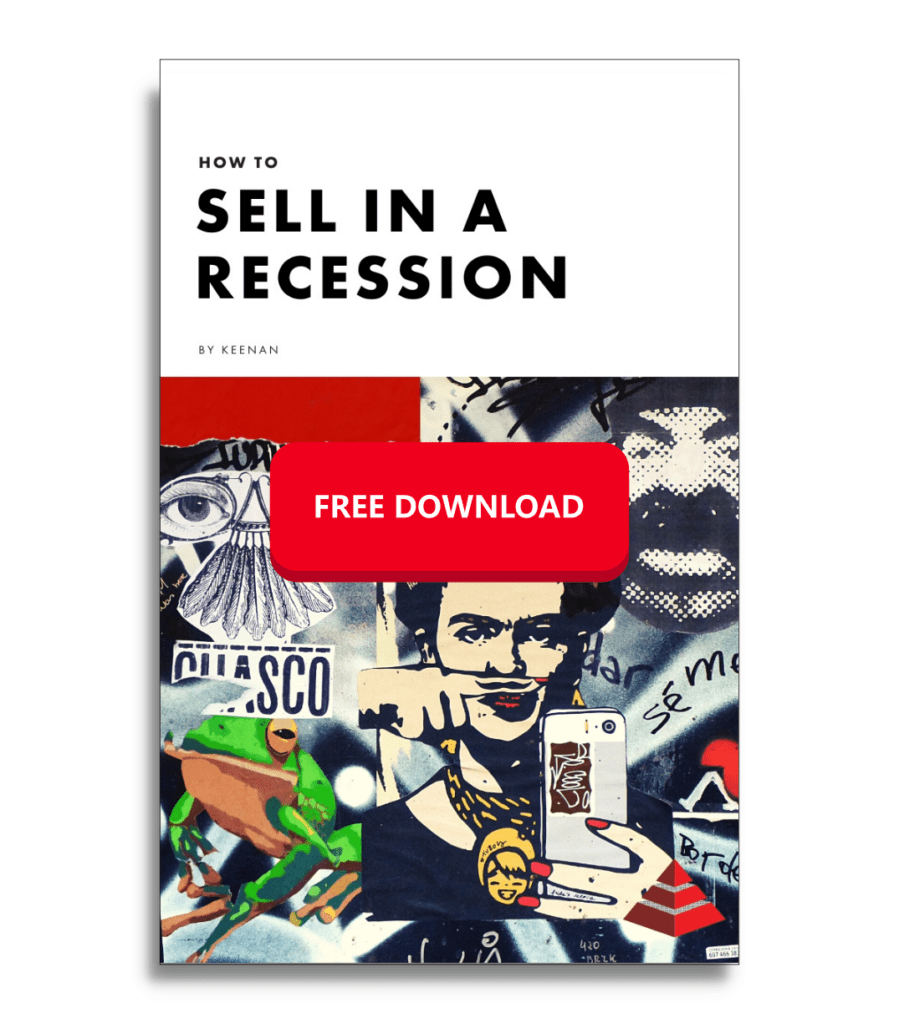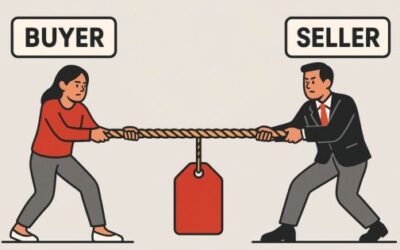“No we’re all set.”
“We’re happy with what we have.”
“We’re not looking to change at this time.”
How often have you heard any of these from potential clients? They’re words that stop most sales professionals in their tracks.
But why?
For most salespeople, hearing that a prospect already has a similar solution to what they offer can be a dead end. After all, no one wants to be perceived as a “pushy” salesperson. Which is good – pushy sales tactics are outdated and ineffective.
However, we’re missing something. A lot of times, customers aren’t fully aware of their alternatives or what they might be missing out on. As a modern seller, your role is to guide them towards making an informed decision based on what they know – and more importantly – what they don’t know.
When people decide to invest in something new, its typically because:
- They’ve identified a specific problem they need to solve.
- They’ve discovered a product or service that reveals an opportunity they hadn’t previously considered.
This second point is where some real potential lies in a hyper competitive market.
When Prospects Aren’t Interested
When a prospect tell us they’re not interested in change, it’s often code for: “We don’t see a problem that needs fixing.” This means the first reason for change isn’t there. But, the second reason – recognizing new opportunities – is still very much in play.
Unfortunately, a lot of sellers miss this chance, walking away from a potential deal because they don’t recognize the opportunity to highlight new information still exists.
Leveraging this second approach isn’t easy but it can be super powerful. If your product or service can genuinely enhance a buyer’s operation, you have a real opportunity. The key to success here lies in two critical areas:
- Deep knowledge of your product or service
- Comprehensive understanding of you prospect’s environment
Without incredible insights into how your offering compares to your prospect’s current solution, you’re going to struggle here. In addition, if you don’t know as much or more than the prospect about their current environment you’ll fail here.
This is known as a “knowledge play” – guiding a prospect to a growth opportunity they didn’t see. To do this, you must know more than they do about their current and future states. This is no small feat – it requires exceptional skill, tact, and industry knowledge.
Industry Insights
Helping your prospects recognize something they’ve overlooked requires you to have a complete understanding of their industry landscape. This mean understanding:
- The current state of their business
- Strengths and weakness of existing solutions
- Industry-specific workflows and processes
- Key touchpoints
- Cost structures and potential inefficiencies
- Common failure risks
- Various use cases for current solutions
You must also understand how they’re implementing current solution in their day-to-day operations.
This allows you to:
- Identify gaps in their current approach
- Highlight any inefficiencies
- Demonstrate how you solution address their problems
Positioning yourself as an industry expert, rather than just a seller, you build trust and credibility, which makes your insights that much more valuable.
Finding Knowledge Gaps
Now that you know the prospect’s current solutions and usage patterns, it’s time to ask targeted questions. The goal is to highlight the key differences between your offering and their existing setup. We want to reveal the knowledge gap, the areas where we have insights they might not know.
Here are three ways to do this after that initial objection:
- “No problem, I understand you are all set, but if I could ask one question. Are you familiar with the difference between [your solution] and [their current solution]?” By asking this simple question you quickly determine how educated the buyer is and on what basis they said they’re not interested. This is a great question for creating that gap.
- “I understand you’re all set, not a problem. But, could I ask a quick question, how are you solving [insert a common business or workflow problem you know most of your target buyers are struggling with]?”
- Thanks for your time, if I may ask one last question before we get off the phone, how are you capitalizing on [common opportunity your prospects or buyers CAN’T capitalize on in their current environment]?”
By asking any variations of these three questions sets you up to find a gap in your prospects knowledge. Knowledge and information are behind every sale. Too often we assume our prospects and clients have all the information and are making informed decisions. This assumption is a bad one. Prospects and customers usually don’t have all the information, they are too busy running their businesses. It’s up to the sales person to educate them and sometimes that takes a little push.
Challenging Assumptions
When a prospect tells you they’re all set, don’t take it at face value. More often than not, there’s more to the story. It’s not their responsibility to be aware of every solution or opportunity in the market – that’s yours.
Only when you’re confident a prospect has all the relevant information should you consider the job done. Until then, walking away means leaving value on the table for both parties.




0 Comments